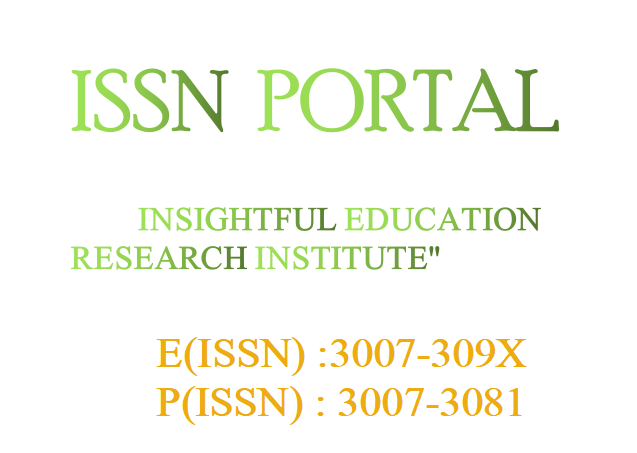BIOFILM FORMATION IN Pseudomonas aeruginosa: A PUBLIC HEALTH CONCERN FOR ANTIMICROBIAL RESISTANCE
DOI:
https://doi.org/10.63075/80mm3s48Keywords:
Pseudomonas aeruginosa, biofilms, antimicrobial resistance, public health, quorum sensing, nosocomial infectionsAbstract
The infamous opportunistic pathogen Pseudomonas aeruginosa poses a serious threat to public health because of its ability to form biofilms that greatly worsen antimicrobial resistance (AMR). Through physical obstacles, physiological adaptations, and genetic exchanges, biofilms structured communities protected in extracellular polymeric substances, or EPS provide resistance. The molecular processes of P. aeruginosa biofilm formation, such as quorum sensing and genetic regulation, are thoroughly examined in this review along with their connection to AMR. It assesses the clinical burden; meta-analyses show that the treatment failure rate for infections linked to biofilms is 30 to 40% higher than that of planktonic infections. Case studies highlight outbreaks linked to medical devices and chronic infections in people with cystic fibrosis. Together with existing and new approaches like novel antibiotics, anti-biofilm agents, and bacteriophage therapies, the public health impact which includes elevated morbidity, mortality, and healthcare costs is examined. Future directions focus on synthetic biology, AI-driven AMR prediction, and One Health approaches, while diagnostic and therapeutic challenges are discussed. This review emphasizes how urgently creative solutions and international cooperation are needed to fight P. aeruginosa biofilms and lessen the growing threat of AMR.







